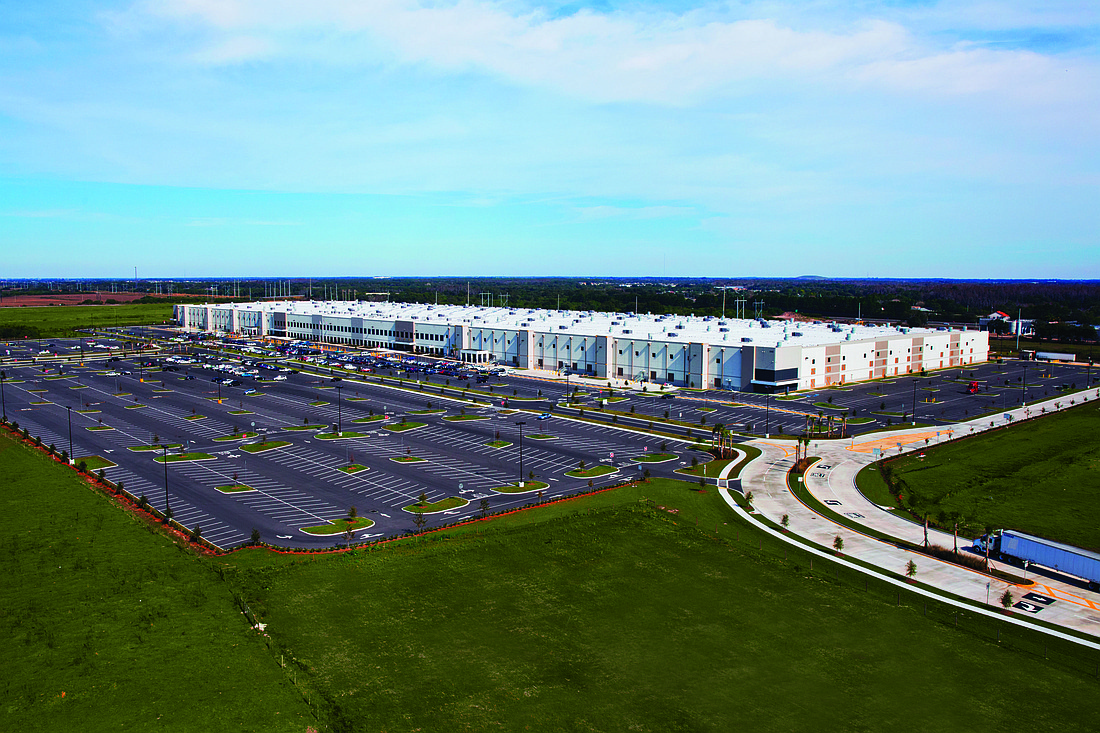- December 19, 2025
-
-
Loading

Loading

A surge in population along the Gulf Coast, combined with macro-economic changes in the way goods are distributed to consumers, is fueling a wave of new entrants into the region’s industrial property market.
Most recently, the trend manifest in Industrial Logistics Properties Trust’s $123 million deal for an Amazon-occupied fulfillment center in Ruskin.